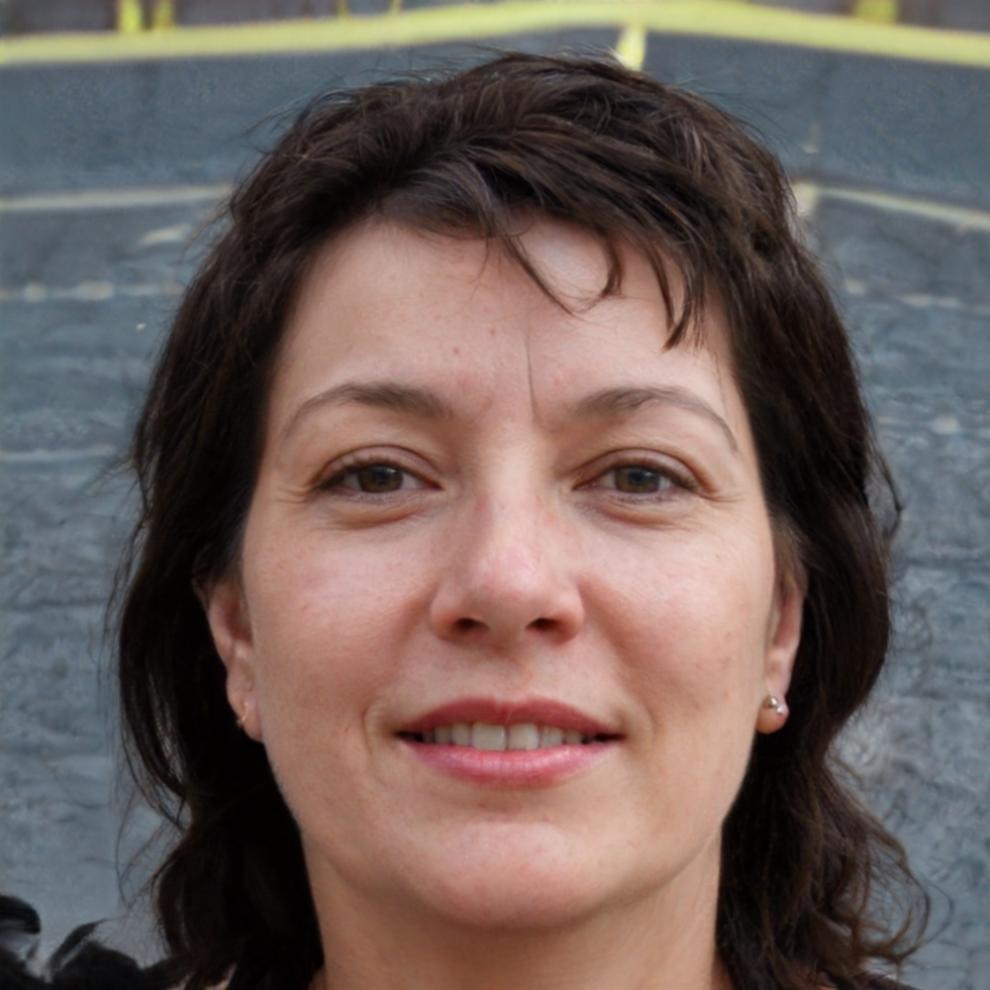Understanding the Mind Behind Your Money
Join our autumn 2025 cohort and explore how emotional patterns shape financial choices, starting October 2025
Reserve Your SpotWhat This Program Actually Covers
Look, most financial education focuses on spreadsheets and formulas. Which is fine. But we've noticed something interesting over the past few years—people already know they should save money and avoid impulse purchases. The challenge isn't information. It's the gap between knowing and doing.
This program runs for nine weeks, meeting twice weekly on Tuesday and Thursday evenings. We cap groups at eighteen participants because the discussions need space to breathe. You'll examine real scenarios from your own financial life and figure out what's actually driving those decisions.
The October 2025 cohort begins on the 7th. We'll send detailed materials in late September, including some reflection exercises to complete before the first session. Fair warning—these aren't comfortable questions, but they're necessary ones.

Program Structure
Weeks 1-3: Recognition Patterns
The first phase focuses on identifying your baseline. We use spending journals and decision mapping to spot recurring patterns. Sometimes participants discover that stress triggers different spending behaviors than boredom does. Others notice family narratives influencing current choices.
- Emotional spending triggers and their origins
- Childhood money messages that persist into adulthood
- The role of identity in financial decisions
- Stress responses and their budgetary impact
Weeks 4-6: Cognitive Reframing
Once you've mapped your patterns, we work on changing them. This phase introduces cognitive techniques that help interrupt automatic responses. You'll practice these in low-stakes scenarios first, then gradually apply them to real financial situations.
- Disrupting automatic purchasing responses
- Building delay mechanisms into decision processes
- Separating emotions from practical needs
- Creating personal accountability frameworks
Weeks 7-9: Application and Maintenance
The final weeks focus on sustainability. Changes often slip away when external structure disappears. We design individual maintenance systems that fit your specific life circumstances, complete with realistic contingency plans for when stress levels spike or life throws curveballs.
- Designing personal monitoring systems
- Planning for high-stress financial periods
- Building support networks outside the program
- Adjusting strategies as circumstances change

Brennan Tomlinson
Behavioral Finance Educator
Spent twelve years researching decision-making patterns before shifting to education. Prefers case studies over theory because abstract concepts rarely change actual behavior.

Sloane Kirkpatrick
Clinical Psychology Specialist
Worked in clinical settings for eight years before focusing on financial psychology. Believes most money problems have emotional roots that need addressing before any budget will stick.
How We Approach This Work
We don't believe in one-size-fits-all solutions. Financial psychology varies wildly between individuals. What works for someone who grew up with scarcity might backfire for someone who experienced abundance without boundaries.
- Small group discussions where you can test ideas against real experiences from others in similar situations
- Individual check-ins every three weeks to address specific challenges that might not fit group conversations
- No judgment about past financial decisions—we're looking forward, not backwards
- Practical homework assignments that take twenty minutes maximum because nobody has unlimited time
- Optional monthly follow-up sessions for six months after the program ends, available to all participants at no additional cost